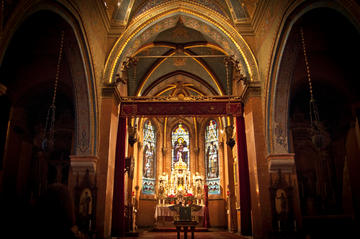
‘Everybody talks about Syria, but nobody does anything. Instead of stopping the whips, people count while we are being flogged. How is that possible?’ Ibrahim is twenty years-old, lives in Damascus and longs for a different Syria. The last episode of “From the Caucasus to Beirut”, a journey on the discovery of the Middle-Eastern Armenian diaspora
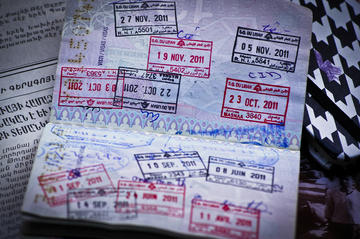
Damascus. When I get there, in December 2011, the uprising against Bashar Al Assad has been going on for ten months. In the city, under the ever-present eye of the dictator, everything seems calm, though at the same time absent and precarious. Even for the historical Armenian community, once again prey to its destiny of chronic lack of safety. The thirteenth episode of “From the Caucasus to Beirut”
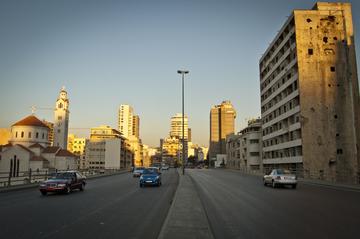
‘With time, the Countries we live in - Lebanon, Syria, Jordan, Iraq - have become our home. Arabic has become our language. Unleavened bread has become our food. But let’s not forget it: we belong to a different history’. In the twelfth episode of the series “From the Caucasus to Beirut”, Paolo Martino returns among the Armenians of Lebanon
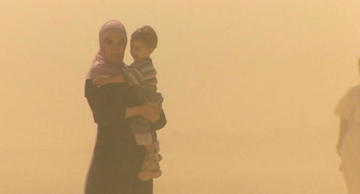
Amman is the capital of a Country hovering between remaining faithful to a pro-Western monarchy and the shock wave of the Arab Spring. A community of three thousand Armenians, a small star in the firmament of the diaspora, lives and survives the contradictions of the Middle-East. The eleventh episode of our report “From the Caucasus to Beirut”
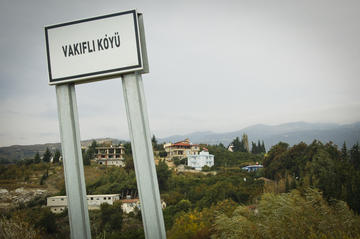
An Armenian, a Syrian and a Turk are playing cards in the only inn in town. The three eldersliven up an empty room with ritual jokes, amidst the vapor of coffee. Each of their lives is asynthesis of individual and collective stories gone bad, forsaken like this place. The tenth episode of the story “From the Caucasus to Beirut”
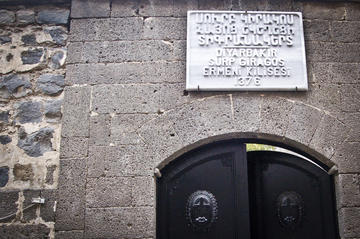
1915: in the countryside around Diyarbakyr, Armenians and Kurds have been living together for centuries. The Ottoman empire, on the verge of collapse, is about to launch its witch-hunt. Ethnic cleansing in Anatolia is systematic. But some men, helped by luck or their neighbors, manage to save themselves. The ninth episode of our report, “From the Caucasus to Beirut”
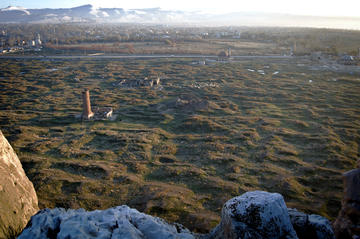
A city symbol of the Armenian resistance. Razed twice to the ground, first by the Ottoman troops and then by the terrible earthquake of last winter, Van seems to share its destiny with the beautiful Tamara, a legendary figure disappeared in the abysses of the lake it looked over. The eighth episode of our report, “From the Caucasus to Beirut”
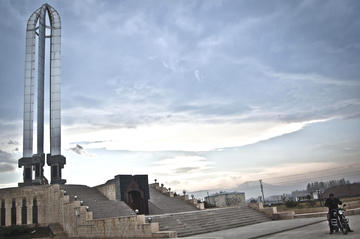
When a State is founded on a myth, that myth is to be defended at all costs. These words by an Armenian university professor come to Paolo’s mind while walking through the cold rooms of the Turkish Genocide Museum, in Igdir. Here, history becomes myth and the past is turned upside down. The seventh episode of the story “From the Caucasus to Beirut”
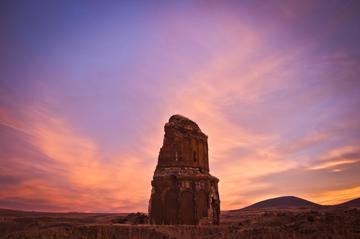
Desolate lands, where the mountains of the Caucasus descend towards the Anatolian plateau in big steps, and names come from politics rather than history. The sixth episode of our report “From the Caucasus to Beirut”
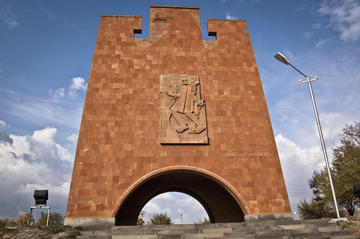
The meeting with Vartuhi and with the fate that divided her from her sister in 1946. She lives in Musa Dagh, in Armenia, where a huge hawk reminds travellers of the Armenian fighters who in 1915 opposed the Ottoman troops. The fifth episode of the story “From the Caucasus to Beirut”
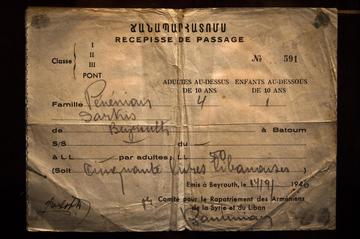
Vartuhi left Beirut in 1946, to reach Soviet Armenia aboard a ship called "Pobeda". In Stalin's land, however, the survivors of the genocide saw the dream of a homeland turn into a nightmare. Travelling to the Caucasus on the paths of migrations. Fourth episode of the story "From the Caucasus to Beirut"
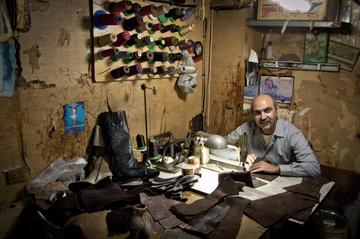
Professor Adakessian’s slow pacing up and down the halls of the Armenian University of Haigazian, Rafi and his shoe factory in centre city Beirut, the present that shows up again in the old pictures of the Pobeda, the Russian ship that carried thousands of Armenians from the Lebanon to Soviet Armenia. The third episode of the story “From the Caucasus to Beirut”
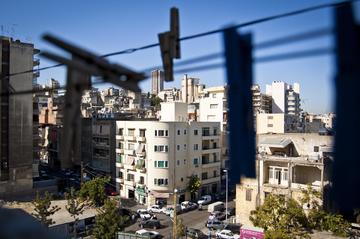
Arafat’s bodyguard, then on the front line in the Armenian armed struggle and for 10 years a prisoner in a Syrian jail. “When I came out, everything had changed. The USSR no longer existed”. The meeting with Sarop, in Beirut’s Armenian quarter. The second episode of the report “From the Caucasus to Beirut”
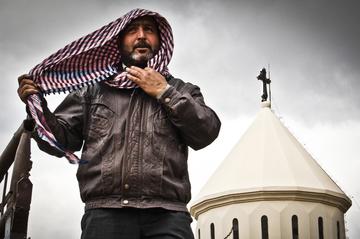
In the Bekaa valley, in Lebanon, in the company of Hrayer, a boy from the local Armenian community. Among fruit trees, vegetables and a tragic past. The first episode of the report “From the Caucasus to Beirut”
A century ago, the Armenian genocide marked the end of the Turkish-Armenian cohabitation in Anatolia and entrusted the Arabian Levant with the destiny of the survivors. Aleppo, Damascus, Baghdad and Amman thus became the bosom of the Armenian diaspora.
It is in Lebanon, though, where the highest peak of understanding is reached between the Armenian exile and the Arab world. The Diaspora University is founded in Beirut, Armenian awareness and political claims rise, the myth of the return survives and is renewed, the soul of the largest Armenian community in the Middle-East expresses itself. It is from Beirut that the diaspora spread to Europe, United States, South America and Africa.
Paolo Martino departed from Beirut and, through Eastern Turkey, Jordan and Syria, he reached Yerevan, the capital of Mother Armenia, so evoked yet such a stranger. The report From the Caucasus to Beirut runs over the umbilical cord of the diaspora through places of escape and exile. In the background, an Arab Spring-stricken Middle-East, the most powerful wind of change that has ever blown over those skies.

He started his experience as a reporter in 2006 covering the Israeli-Lebanese conflict. In 2007 he rode his bicycle through Kosovo and told its story to then dedicate himself to a report on Southern Caucasus, the Middle-East and the Balkans. His report on Mussa Khan won him the EU Journalist Award – Together against discrimination.


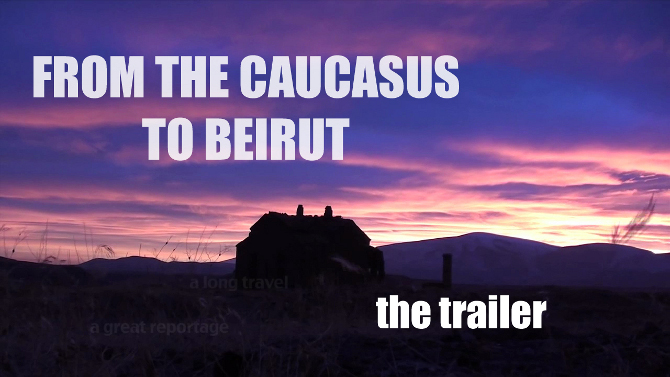
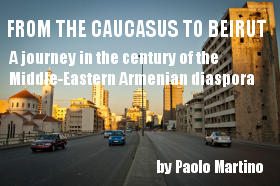
 To Top
To Top